Home>Furniture & Design>Interior Design Trends>How To Clean Fogged Glass
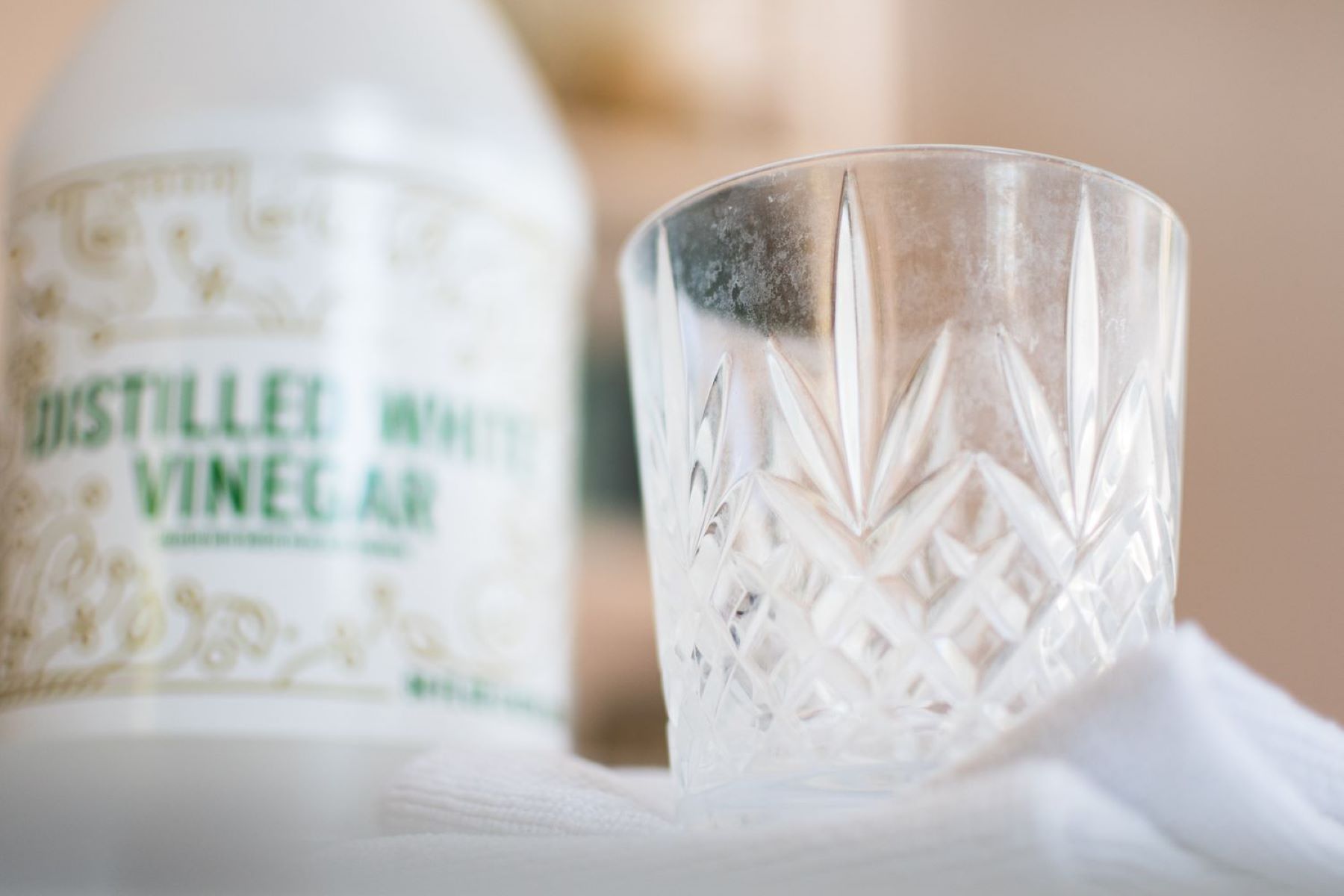

Interior Design Trends
How To Clean Fogged Glass
Modified: October 19, 2024
Learn how to effectively clean fogged glass and improve your interior design with the latest trends. Keep your space looking fresh and inviting. Discover expert tips now!
(Many of the links in this article redirect to a specific reviewed product. Your purchase of these products through affiliate links helps to generate commission for Storables.com, at no extra cost. Learn more)
Introduction
Fogged glass can be a persistent nuisance, obscuring the clarity and beauty of windows, mirrors, and glass surfaces. Whether it's caused by condensation, mineral deposits, or other factors, fogged glass can detract from the aesthetic appeal of your living space. However, with the right knowledge and techniques, you can effectively restore the transparency and luster of fogged glass, revitalizing the visual allure of your interior spaces.
In this comprehensive guide, we will delve into the causes of fogged glass, the essential tools and materials needed for cleaning, and a step-by-step process to achieve pristine, crystal-clear glass surfaces. Additionally, we'll explore valuable tips for preventing fogged glass, empowering you to maintain the pristine condition of your glass fixtures over time.
By mastering the art of cleaning fogged glass, you can elevate the ambiance of your home or office, allowing natural light to permeate through unobstructed windows and mirrors. Whether you're a homeowner, interior design enthusiast, or professional cleaner, this guide will equip you with the expertise to conquer fogged glass challenges with confidence and finesse.
So, let's embark on this enlightening journey to uncover the secrets of restoring and preserving the brilliance of glass surfaces. With the insights and techniques shared in this guide, you'll be well-prepared to tackle fogged glass dilemmas and elevate the visual allure of your interior spaces.
Key Takeaways:
- Say goodbye to fogged glass! Combat condensation, mineral deposits, and grime with the right tools and a step-by-step cleaning process. Restore the brilliance of your glass surfaces with confidence and finesse.
- Keep your glass clear and pristine! Prevent fogged glass by optimizing ventilation, using moisture-resistant coatings, and implementing regular maintenance. Embrace the transformative power of maintaining radiant and transparent glass surfaces.
Read more: What Is A Fog Lamp
Understanding the Causes of Fogged Glass
Fogged glass can manifest in various forms, from a hazy film on windows to clouded mirrors and glass surfaces. Understanding the underlying causes of this phenomenon is crucial in effectively addressing and preventing it. Here are the primary factors contributing to fogged glass:
-
Condensation: One of the most common causes of fogged glass is condensation. When warm, moist air comes into contact with a cold glass surface, water vapor in the air condenses into tiny droplets on the glass, creating a foggy appearance. This often occurs on windows during temperature differentials, such as in the winter when indoor heating meets cold outdoor air.
-
Mineral Deposits: Over time, mineral deposits from hard water can accumulate on glass surfaces, leading to a cloudy or fogged appearance. This is particularly prevalent in bathrooms and kitchens, where water splashes and evaporates, leaving behind mineral residues that obscure the glass.
-
Mold and Mildew: In environments with high humidity and inadequate ventilation, mold and mildew can thrive on glass surfaces, resulting in a foggy or discolored appearance. This is commonly observed in bathrooms, basements, and other damp areas.
-
Residue Buildup: Accumulation of dust, dirt, and other airborne particles can contribute to a fogged or grimy appearance on glass surfaces, diminishing their transparency and visual appeal.
By recognizing these root causes of fogged glass, you can tailor your cleaning and prevention strategies to effectively combat each specific issue. Armed with this knowledge, you'll be better equipped to select the appropriate cleaning methods and products to restore the clarity and brilliance of fogged glass surfaces in your home or workspace.
Tools and Materials Needed for Cleaning Fogged Glass
To embark on the journey of restoring fogged glass to its pristine state, it is essential to gather the appropriate tools and materials. Equipping yourself with the right arsenal will ensure that you can effectively tackle the various causes of fogged glass and achieve optimal results. Here's a comprehensive list of the essential items you'll need for cleaning fogged glass:
Tools:
-
Microfiber Cloths: These soft, lint-free cloths are ideal for gently wiping and buffing glass surfaces without leaving behind streaks or lint particles.
-
Squeegee: A high-quality squeegee with a rubber blade is indispensable for efficiently removing cleaning solutions and water from large glass areas, such as windows and shower doors.
-
Soft Bristle Brush: A gentle brush, such as a soft-bristled toothbrush or a dedicated glass cleaning brush, can aid in dislodging stubborn grime and mineral deposits from glass surfaces.
-
Spray Bottle: Opt for a clean, empty spray bottle to create and dispense your preferred glass cleaning solution evenly onto the glass surfaces.
-
Razor Blade Scraper: For tackling tough mineral deposits and residue buildup, a razor blade scraper can be used cautiously to gently scrape away stubborn impurities from the glass.
Materials:
-
Glass Cleaner: Select a high-quality, ammonia-free glass cleaner to effectively dissolve and lift dirt, grime, and mineral deposits from the glass without leaving streaks or residue.
-
Vinegar: White vinegar is a versatile and eco-friendly alternative for removing mineral deposits and stubborn stains from glass surfaces.
-
Rubbing Alcohol: This multipurpose solvent is effective in dissolving grease, oil, and adhesive residues from glass, ensuring a thorough and streak-free cleaning process.
-
Distilled Water: Using distilled water in your cleaning solution helps prevent mineral deposits and streaking, resulting in a crystal-clear finish on the glass.
-
Optional: Glass Polishing Compound: For addressing minor scratches and blemishes on glass surfaces, a glass polishing compound can be utilized to restore the smoothness and clarity of the glass.
By assembling these essential tools and materials, you'll be well-prepared to embark on the journey of cleaning fogged glass with confidence and precision. With the right resources at your disposal, you can effectively combat condensation, mineral deposits, and other factors contributing to fogged glass, restoring the brilliance and transparency of your glass fixtures.
Read more: How To Clean Glass Cleaning Cloth
Step-by-Step Guide to Cleaning Fogged Glass
-
Prepare the Cleaning Solution: In a clean spray bottle, mix equal parts of distilled water and white vinegar. Alternatively, if using a commercial glass cleaner, ensure it is ammonia-free to prevent streaking. For stubborn residues, consider adding a small amount of rubbing alcohol to the solution.
-
Prep the Glass Surface: Begin by removing any surface dust and debris from the glass using a soft bristle brush or a microfiber cloth. This initial step helps prevent scratching the glass during the cleaning process.
-
Apply the Cleaning Solution: Generously spray the cleaning solution onto the fogged glass surface, ensuring even coverage. Allow the solution to sit for a few minutes to effectively dissolve and loosen dirt, grime, and mineral deposits.
-
Scrub and Dislodge Stubborn Deposits: For areas with mineral deposits or stubborn residues, gently scrub the glass surface using a soft bristle brush or a damp microfiber cloth. Exercise caution to avoid scratching the glass, especially when dealing with delicate surfaces.
-
Squeegee and Wipe: Using a high-quality squeegee, starting from the top, firmly draw it down the glass surface in a smooth, overlapping motion to remove the cleaning solution and dislodged impurities. Wipe the squeegee blade with a clean, dry microfiber cloth after each pass to prevent streaking.
-
Spot Treatment with Razor Blade Scraper: If persistent mineral deposits or residues remain, carefully use a razor blade scraper at a shallow angle to gently scrape away the impurities. Ensure the glass surface and the scraper are lubricated with the cleaning solution to minimize the risk of scratching.
-
Polish and Buff: Once the glass surface is free of residues, use a clean, dry microfiber cloth to polish and buff the glass, ensuring a streak-free and crystal-clear finish.
-
Inspect and Touch-Up: Thoroughly inspect the glass surface for any remaining fogging, streaks, or blemishes. Address any lingering issues by spot-cleaning or repeating the squeegee and wiping process as needed.
-
Final Touches: For a pristine finish, consider applying a glass polishing compound to address minor scratches and restore the luster of the glass surface. This optional step can elevate the clarity and brilliance of the glass, enhancing its visual appeal.
By following this step-by-step guide, you can effectively combat fogged glass, restoring its transparency and luster with precision and care. Whether it's windows, mirrors, or glass fixtures, this comprehensive cleaning process empowers you to achieve crystal-clear results, revitalizing the visual allure of your interior spaces.
To clean fogged glass, mix equal parts white vinegar and water in a spray bottle. Spray the solution onto the glass and wipe with a clean microfiber cloth for a streak-free finish.
Tips for Preventing Fogged Glass
Preventing fogged glass involves proactive measures to mitigate the factors that contribute to its occurrence. By implementing these practical tips, you can maintain the clarity and pristine condition of glass surfaces in your home or workspace, reducing the need for frequent cleaning and restoration.
-
Optimize Ventilation: Enhance air circulation and reduce humidity levels in areas prone to fogged glass, such as bathrooms and kitchens. Utilize exhaust fans, open windows, or install a dehumidifier to promote airflow and minimize moisture buildup on glass surfaces.
-
Use Moisture-Resistant Coatings: Consider applying moisture-resistant coatings or films to glass surfaces, especially in high-moisture environments. These protective treatments can help repel water and minimize the formation of condensation and fogging.
-
Regular Maintenance: Establish a routine for cleaning and maintaining glass surfaces to prevent the accumulation of dirt, grime, and mineral deposits. Regularly wiping down windows, mirrors, and glass fixtures with a microfiber cloth can deter the onset of fogging.
-
Adjust Temperature Differentials: During temperature differentials, such as when transitioning between indoor heating and outdoor cold, adjust the thermostat gradually to minimize rapid changes in glass surface temperatures. This can reduce the likelihood of condensation forming on windows and glass doors.
-
Utilize Anti-Fog Products: Explore the use of anti-fog products designed for glass surfaces, particularly in environments where fogging is a recurrent issue. These specialized treatments can create a hydrophilic or hydrophobic barrier, reducing the propensity for condensation and fogging.
-
Address Plumbing Leaks: Promptly repair any plumbing leaks or water seepage near glass fixtures to prevent water accumulation and mineral deposits. By addressing these underlying issues, you can mitigate the risk of fogged glass resulting from persistent moisture exposure.
-
Mindful Cleaning Practices: When cleaning glass surfaces, use non-abrasive and ammonia-free cleaning solutions to avoid leaving behind residues that can contribute to fogging. Additionally, ensure thorough drying of glass after cleaning to prevent lingering moisture.
-
Seal Window and Door Frames: Inspect and maintain the seals around window and door frames to prevent air leaks and moisture infiltration. Properly sealed openings can minimize the potential for condensation and fogging on glass surfaces.
By integrating these preventive strategies into your maintenance routine, you can effectively safeguard glass surfaces against fogging, preserving their clarity and visual appeal. These proactive measures not only reduce the frequency of cleaning but also contribute to the longevity of your glass fixtures, ensuring they remain a radiant and transparent feature of your interior spaces.
Conclusion
In conclusion, the art of cleaning fogged glass is a transformative endeavor that empowers individuals to restore the brilliance and transparency of glass surfaces within their living spaces. By understanding the root causes of fogging, equipping oneself with the essential tools and materials, and following a meticulous cleaning process, one can effectively combat condensation, mineral deposits, and other factors that obscure the clarity of glass.
The step-by-step guide provided in this comprehensive resource serves as a roadmap for achieving crystal-clear results, whether it's rejuvenating fogged windows, mirrors, or glass fixtures. From preparing the cleaning solution to meticulously squeegeeing and polishing the glass, each step is imbued with precision and care, ensuring that the glass surfaces emerge revitalized and free from fogging.
Furthermore, the proactive tips for preventing fogged glass offer a proactive approach to maintaining the pristine condition of glass surfaces. By optimizing ventilation, utilizing moisture-resistant coatings, and implementing regular maintenance practices, individuals can mitigate the factors that contribute to fogging, reducing the need for frequent cleaning and restoration.
Ultimately, the journey of cleaning fogged glass transcends mere maintenance; it is a means of enhancing the visual allure and ambiance of interior spaces. The transformative impact of restoring clarity to windows, mirrors, and glass fixtures extends beyond aesthetics, allowing natural light to permeate unobstructed and uplifting the overall atmosphere of a room.
As individuals embrace the insights and techniques shared in this guide, they are empowered to conquer fogged glass challenges with confidence and finesse. Whether it's a homeowner seeking to revitalize their living environment or a professional cleaner striving for impeccable results, the knowledge imparted in this guide equips individuals with the expertise to elevate the visual appeal of their interior spaces.
In essence, the journey of cleaning fogged glass is a testament to the transformative power of meticulous care and attention to detail. By embracing the art of glass restoration, individuals can revel in the radiant clarity of their glass surfaces, allowing them to shine as luminous focal points within their homes and workspaces.
Frequently Asked Questions about How To Clean Fogged Glass
Was this page helpful?
At Storables.com, we guarantee accurate and reliable information. Our content, validated by Expert Board Contributors, is crafted following stringent Editorial Policies. We're committed to providing you with well-researched, expert-backed insights for all your informational needs.
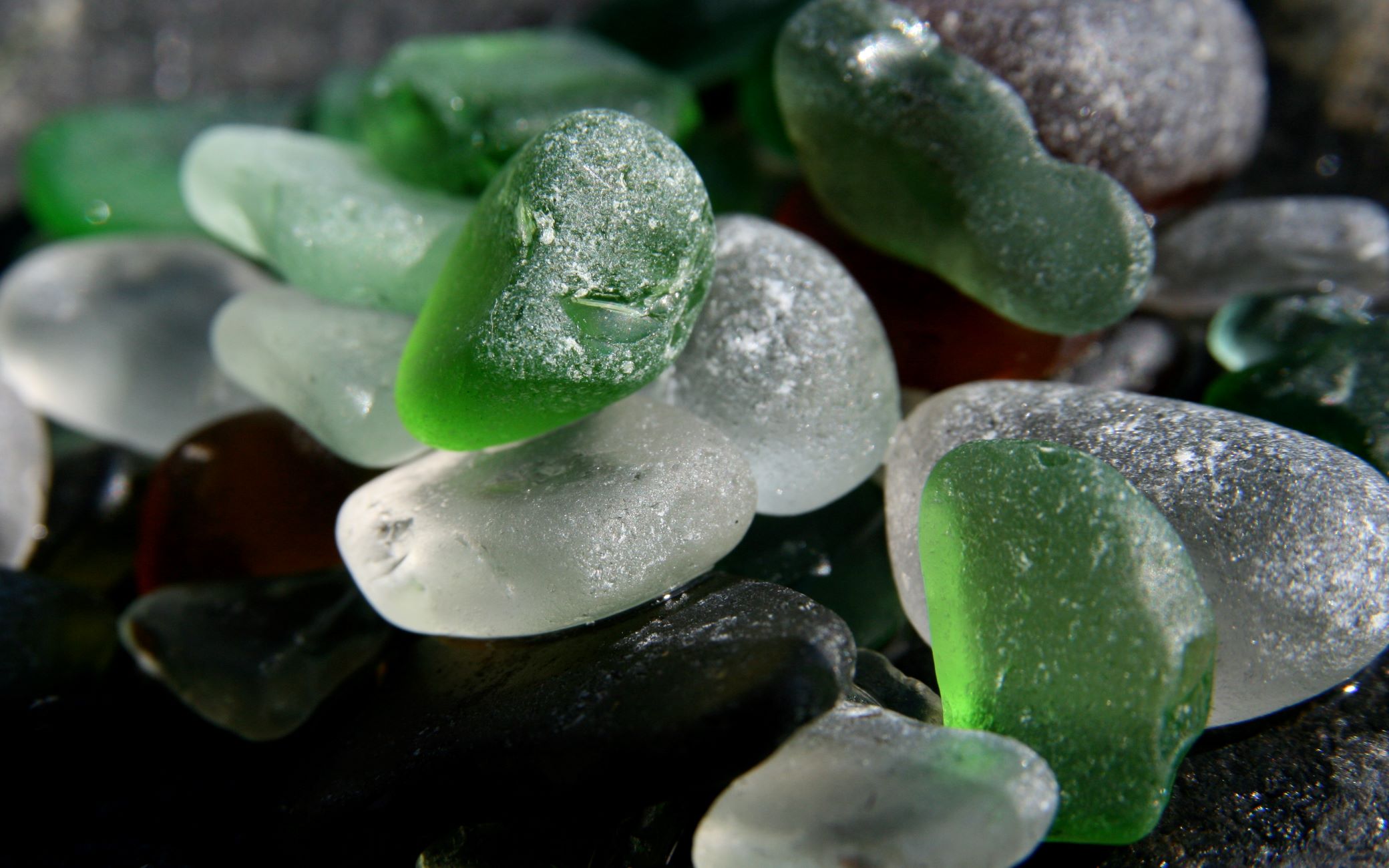
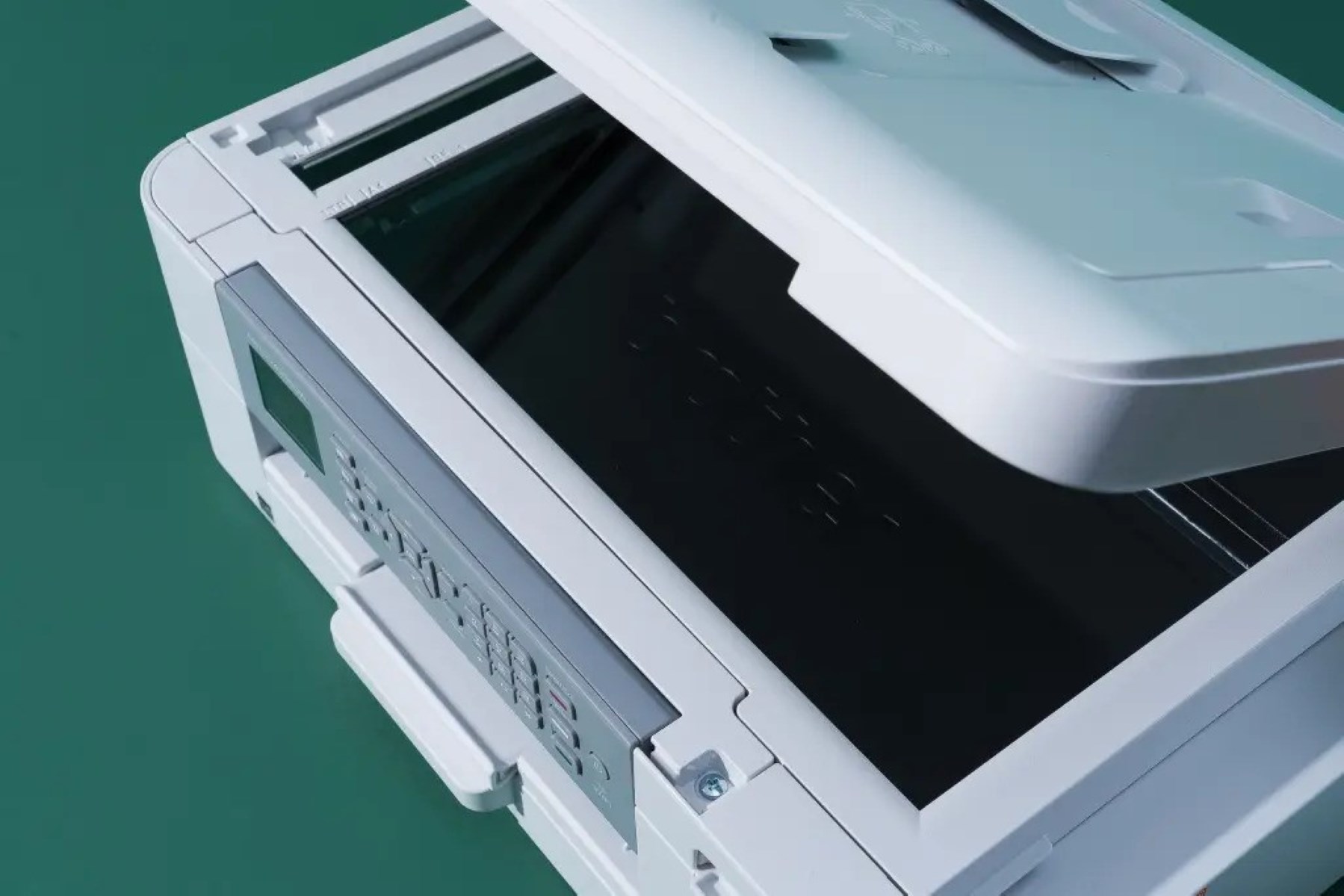
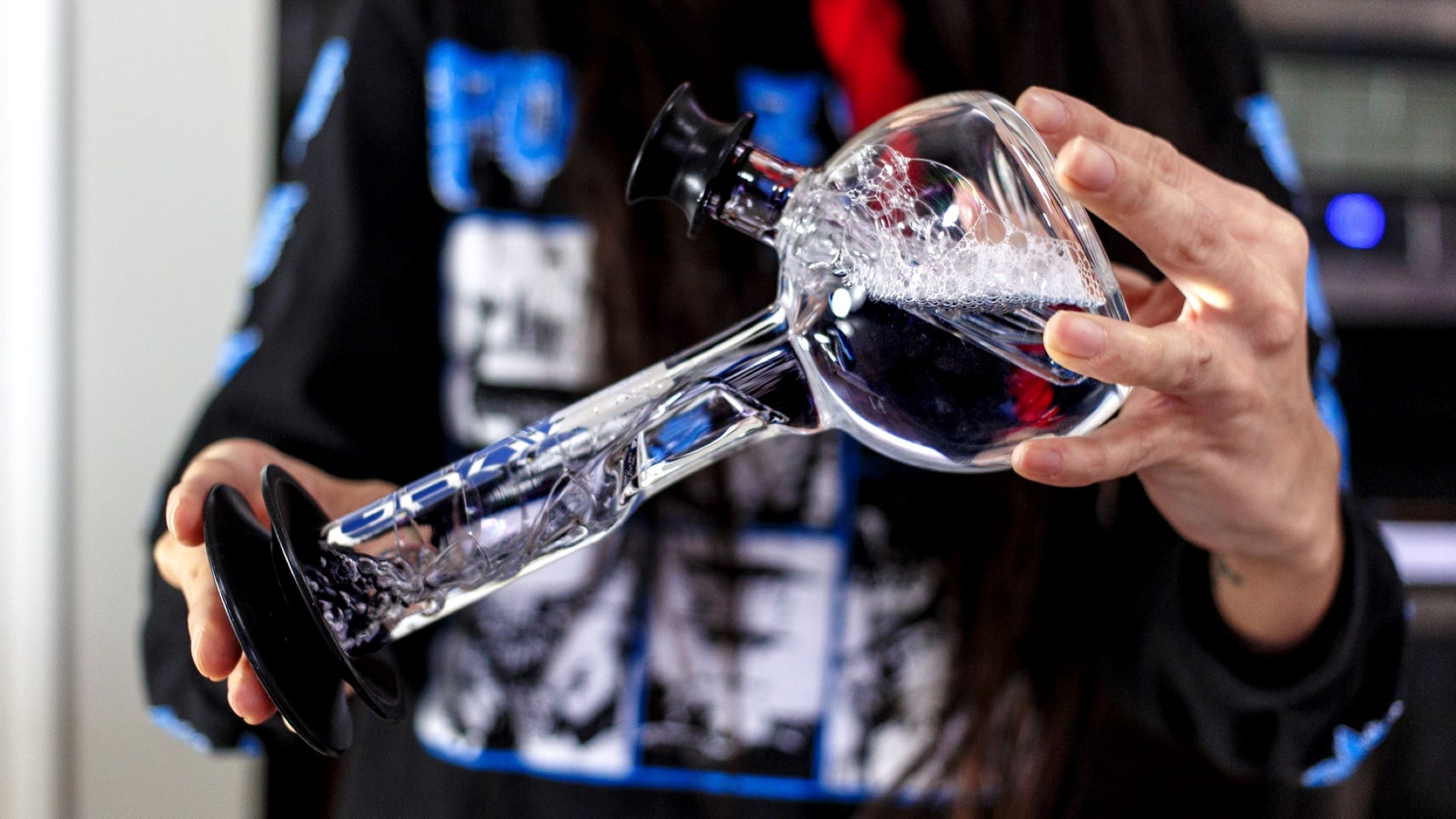

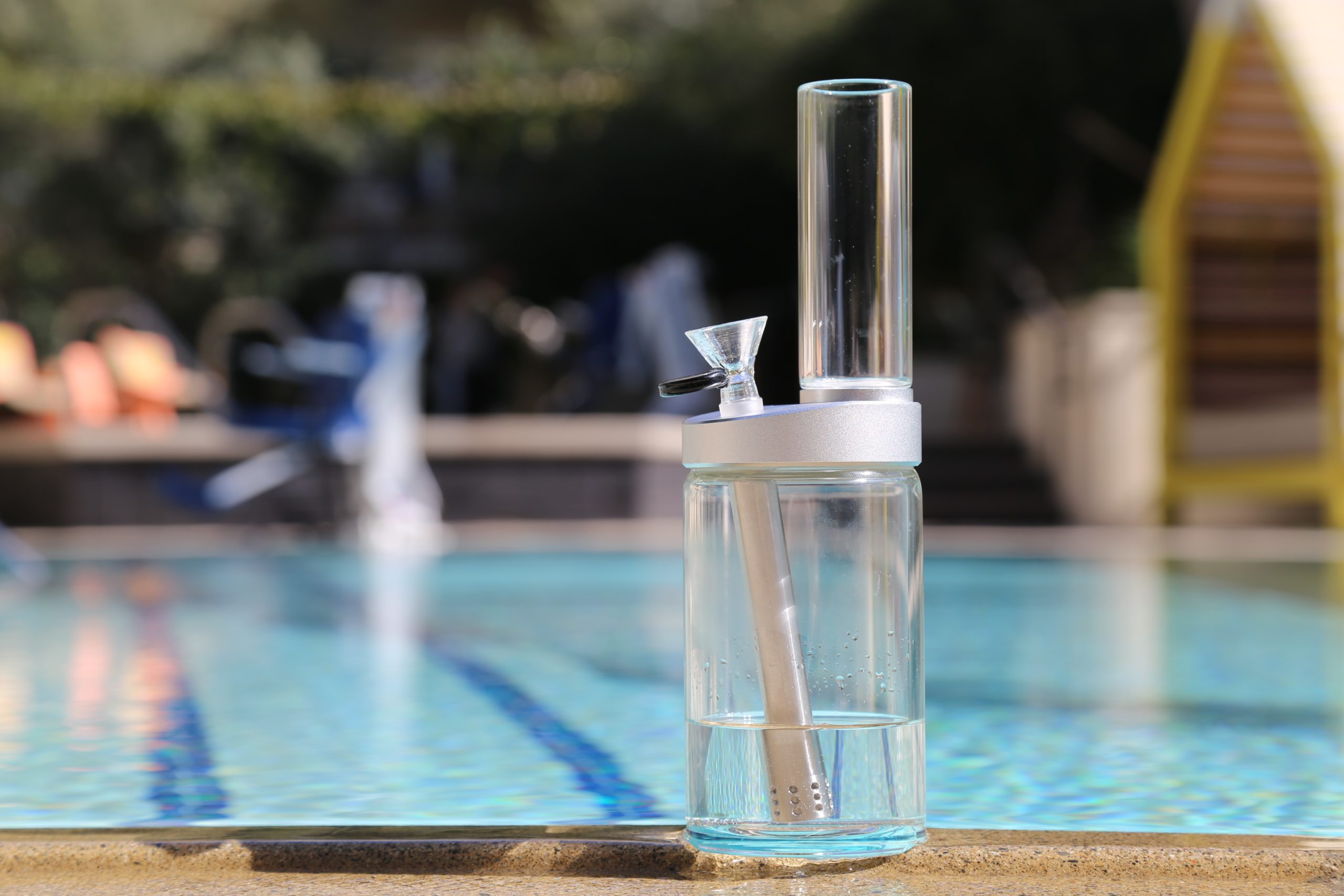
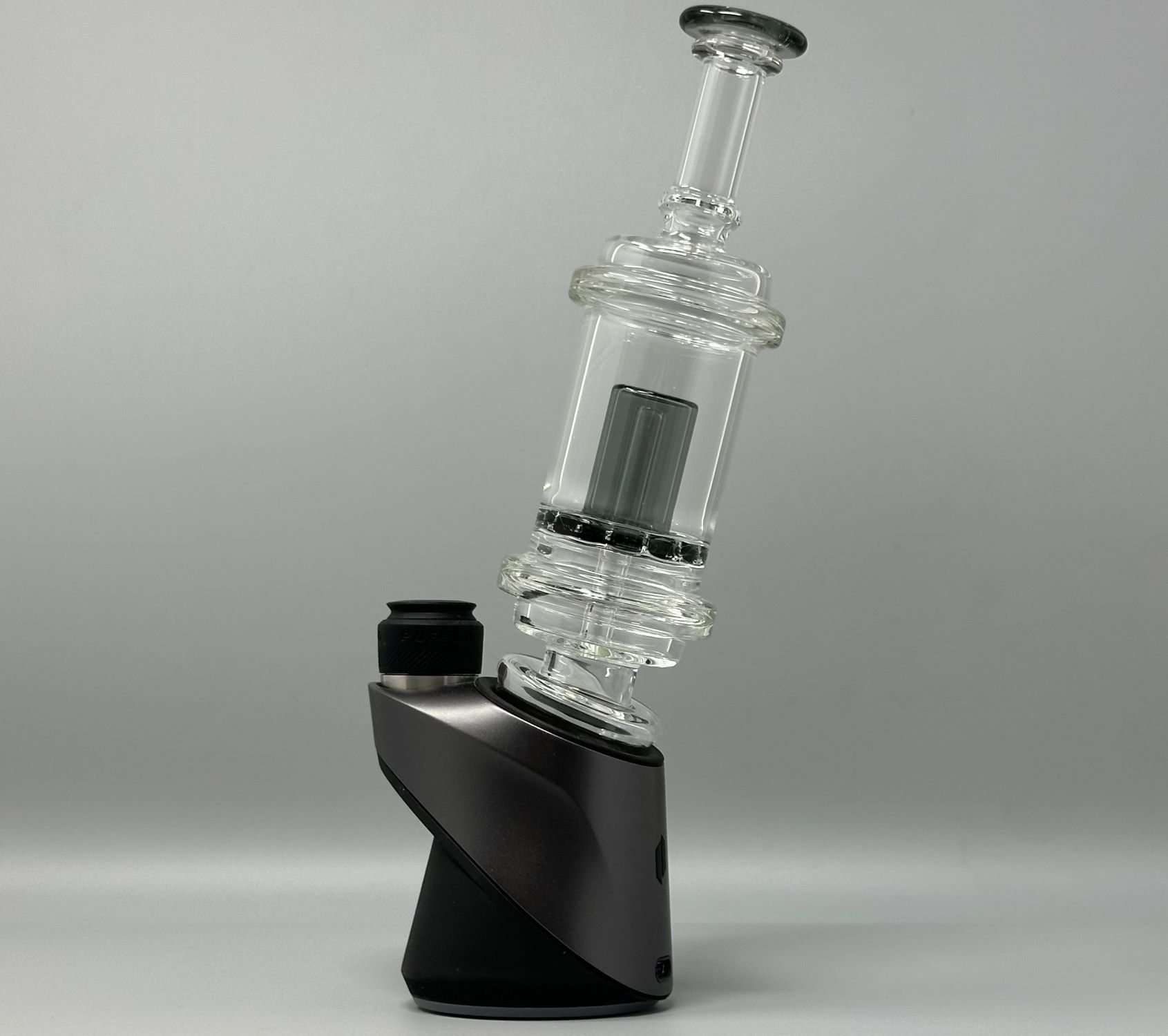
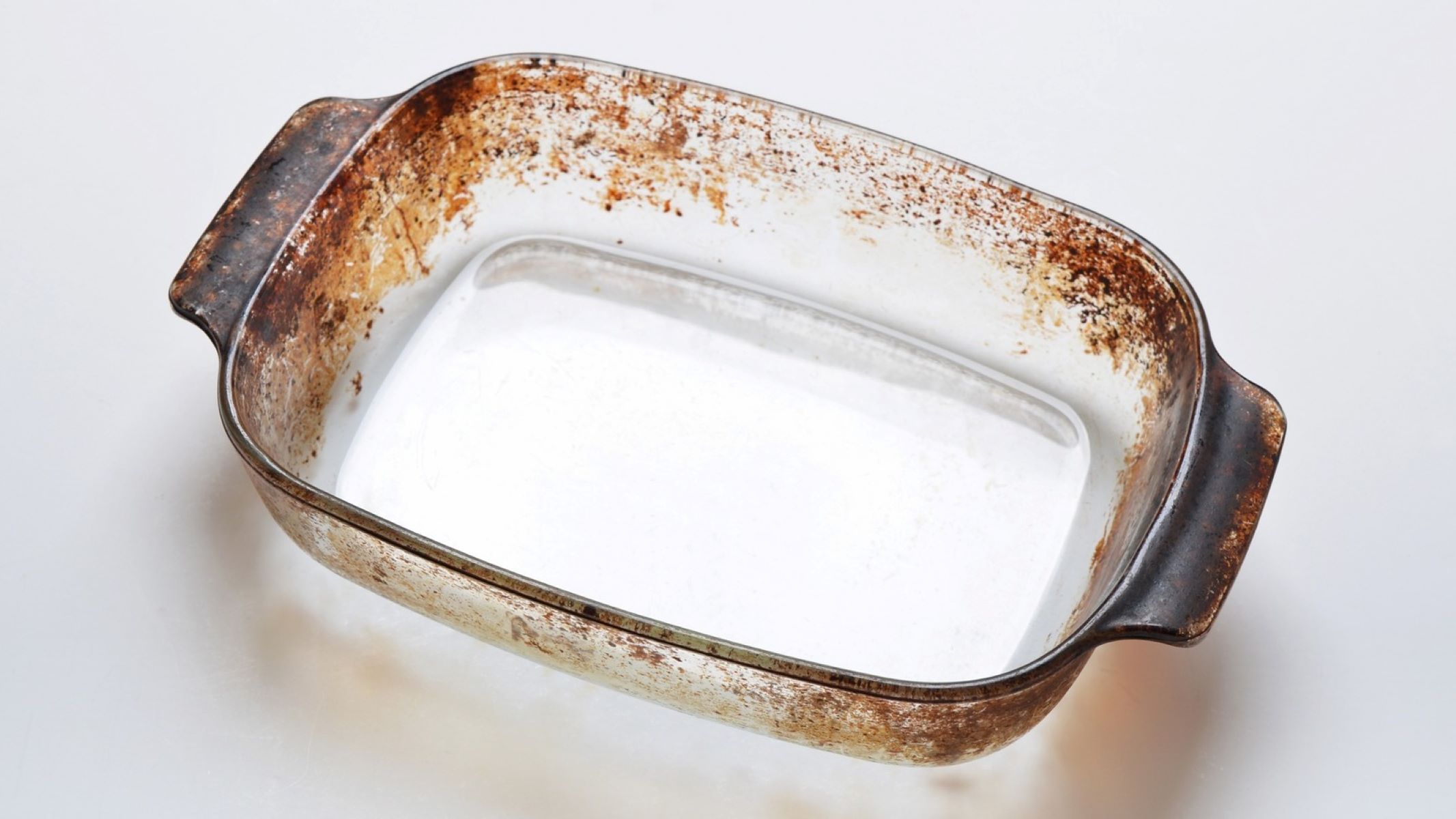
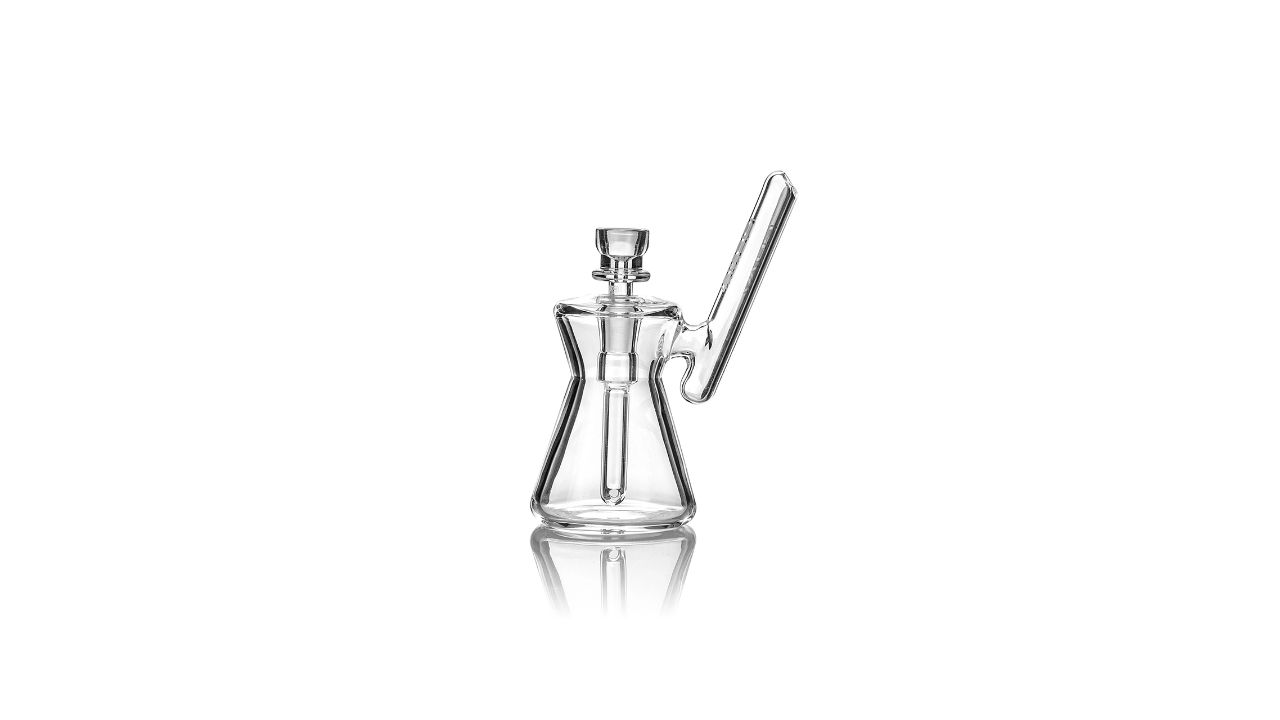
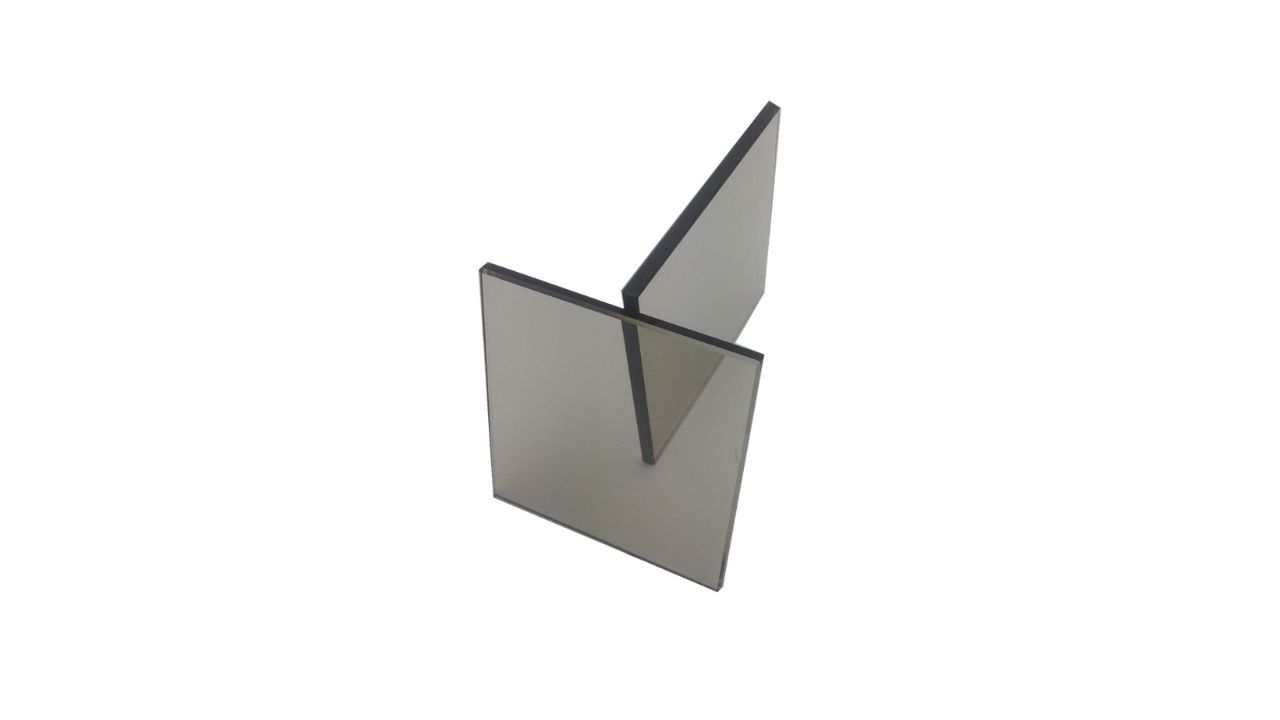
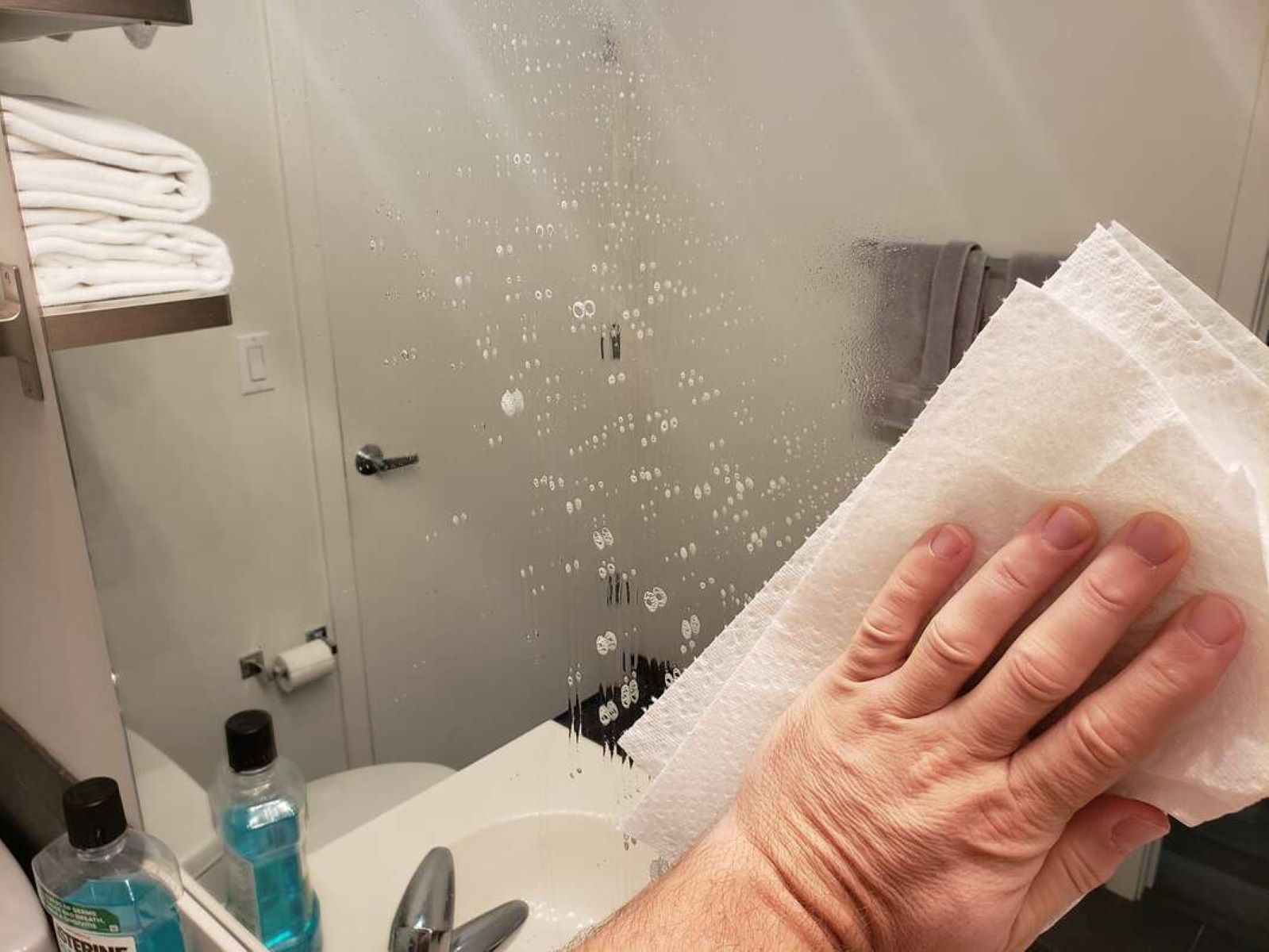
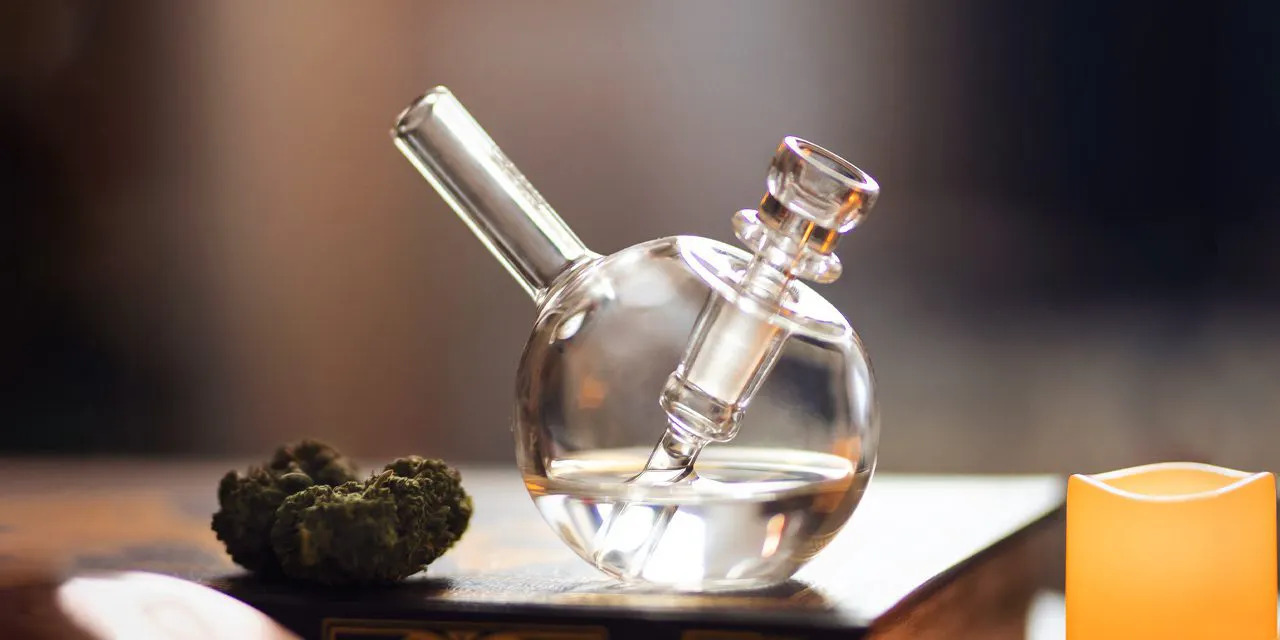
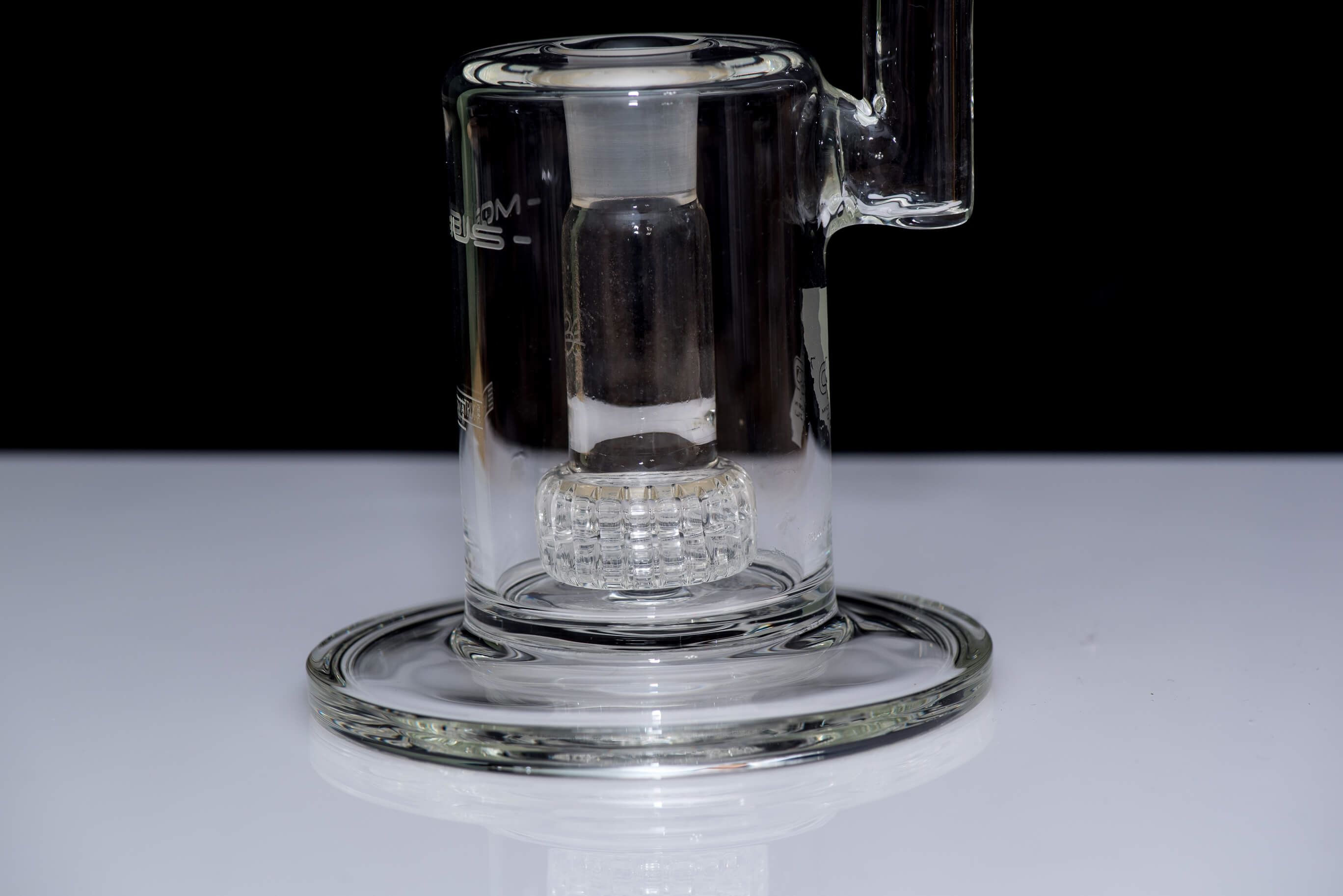



0 thoughts on “How To Clean Fogged Glass”